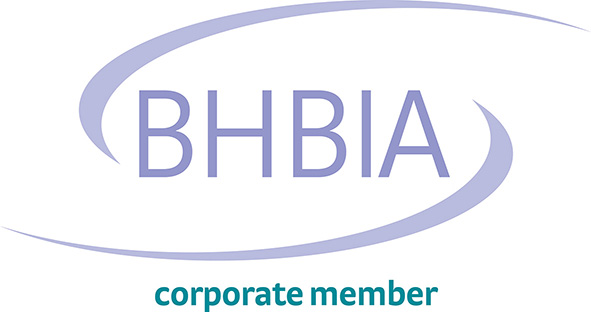Market Research Glossary
Market Research Glossary
There are currently 27 names in this directory beginning with the letter U.
U-Commerce
The term U-Commerce reflects the move to start to retail across multiple platforms, for example by combining E-commerce, T-commerce, and M-commerce.
Unaided Awareness
A measure of the number of people who express knowledge of a brand or product without prompting (brand recall).
Unaided Recall
Unaided recall is a marketing technique to determine how well a consumer remembers an advertisement without any external help such as clues, or visuals.
Unbalanced Scale
is a scale where the number of favourable and unfavourable categories is not the same.
Unbiased Estimator
An unbiased statistic is a sample estimate of a population parameter whose sampling distribution has a mean that is equal to the parameter being estimated.
Unbiased Samples
This is a way of limiting the sampling error as a result of randomness only by deriving the samples from an unbiased source.
Unidimensional Scaling
is used to describe a specific type of measurement scale. A unidimensional measurement scale has only one (“uni”) dimension.
Union
The event containing all simple events for both event A and event B. The concept of union can be extended to more than two events.
Unipolar
Unipolar constructs are those that lend themselves strictly to an amount–either there is the maximum amount of the attitude or none of it.
Unit of Analysis
The unit of analysis is the major entity that you are analyzing in your study. For instance, any of the following could be a unit of analysis in a study: individuals. groups.
Univariate Data Set
Univariate analysis is a form of quantitative, statistical, evaluation. This method of analysis separately studies the findings regarding each variable in a data set, and therefore each individual variable is summarised on its own.
Univariate Techniques
are forms of statistical analysis that are used where there is a single measure of each variable or where each variable is measured in isolation of other variables.
Universe
a universe is a population to be studied or measured. In economics a population to be measured is described as a "universe", and the measures which are generated are intended to reflect the behavior of that population.
Unstructured Observation
is a form of observation study where the behaviours of interest and/or the method of observation are not clearly specified in advance of the study
Unstructured Question
This is a question that does not provoke or influence the answer of the respondent in any way.
Unstructured Questions
are those that do not have any suggested alternatives and respondents answer in their own words.
Unstructured Segmentation
Process of segmenting a market using data and analysis when no prior ideas are held about the number of segments, what they are, or how and why they are different.
Unwillingness Error
is where respondents are reluctant to answer a particular question. This may be because too much effort is required, the situation or context is not seen as appropriate for disclosure, no legitimate purpose or need is seen for the information requested or the information is seen as sensitive.
Urban Population
An urban area, or built-up area, is a human settlement with a high population density and infrastructure of built environment.
Urbanized Areas
Urban areas are defined by dense populations, the construction of multiple and often large buildings, monuments and other structures, and greater economic dependence on trade rather than agriculture or fishing.
Usability Testing
is a qualitative market research technique in which participants evaluate a website, application, product, or prototype to test its ease and likelihood of use.
Usage & Attitude Surveys (U&A)
are research projects that aim to describe users (and non-users) of a product, together with their attitudes towards the product.



